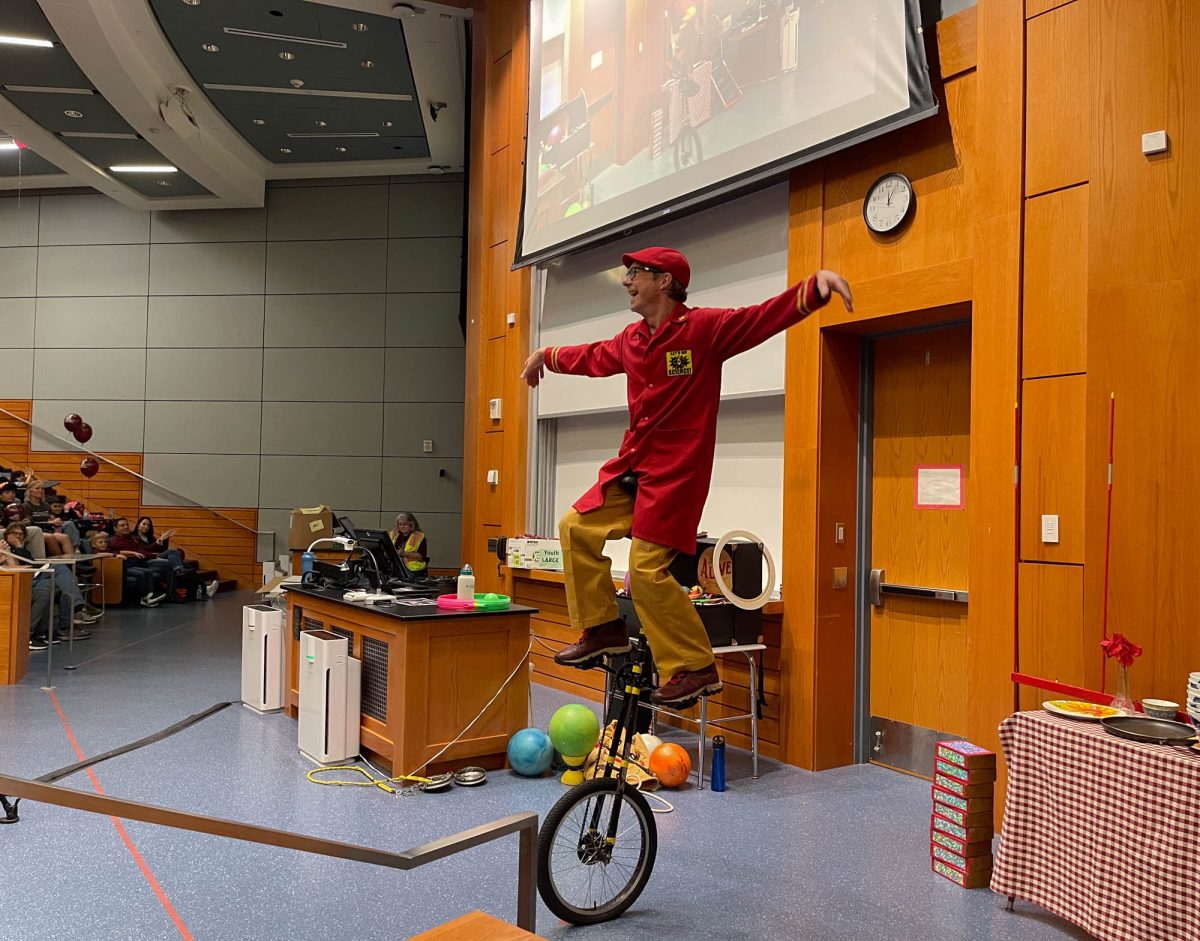From wildfires to hurricanes and floods, the Hazard Reduction and Recovery Center has spent the last quarter century preparing communities to better respond to disasters.
Phil Berke, professor in the Department of Landscape Architecture and Urban Planning, founded the HRRC when he was a new assistant professor at A&M. He said the center’s research addresses the two main issues surrounding natural disasters – city design and
climate change.
“The biggest reasons the [hazard] risks are growing is because of the way we design our communities and cities,” Berke said. “We locate them in riskier and dangerous areas and the population and urbanization is expanding dramatically throughout the world in dangerous locations. That’s why we see the geometrical rise in damage impacts.”
Adding to this trend of locating cities in riskier areas, Berke said climate change is making climate-related hazards all the more dangerous. Berke said this climate shift is manifested in changes in the intensity of rainfall and the movement of hurricanes further north because of the warming of the ocean.
Walter Peacock, director of the HRRC, said the research performed by the center goes beyond purely academic studies by delving into practical plans for developing city layouts.
“We are and remain probably one of the most unique natural hazard or disaster centers at a university in this country in that we do focus on how our communities should be developing to increase sustainability and reduce our vulnerabilities to disasters as well as long-term recovery issues,” Peacock said. “In that way, we are very unique in the academic world in terms of the kinds of target areas we do research on.”
Peacock said he has seen real changes as a result of the
center’s research.
“We’ve seen changes for example in evacuation policy, we’ve seen changes in terms of the way communities are planning to reduce their vulnerability,” Peacock said. “They’re using [web-based tools] to help them better understand where the most hazardous areas are and use that to shape their development process to stay out of those areas.”
The center also offers a certificate program for students interested in researching hazards and disasters alongside researchers.
Marccus Hendricks, an urban and regional science graduate student finishing his first year at the HRRC, said Houston is a prime example of HRRC focus. The city was originally developed without active consideration of the possibility of city expansion toward the coast, he said.
“We can’t necessarily control how big cities get or where they build, but what we can do is set up cities to where we plan for hazard mitigation,” Hendricks said. “We plan for the reduction of hazards so that when cities do grow and expand, we have an idea of what needs to be in place to make people less exposed to different hazardous conditions whether it be flooding, tornadoes, chemical plants – you name it.”
By sharing studies with the public, Hendricks said communities can become more informed about disasters and hazards that are happening every day.
“When you talk about how does, you know, planning for infrastructure and storm water management and gutters, water run-off – a lot of times people don’t think about those types of things,” Hendricks said. “We expect it to be there. We have a general idea of what it means, but to actually understand that if those things aren’t there, your house can flood, your community or neighborhood can flood – and that leads to all types of different things. It may force you to have to relocate or take physical damages. It may affect your health.”
Hendricks said the U.S. tends to be a reactive society, making disaster preparation research important.
“Unfortunately, [natural disasters] do cause a loss of life and loss of property, but I think because it’s beginning to happen more and more, politicians, government officials, communities, are now starting to pay more and more attention to the importance of disaster and emergency management and hazard mitigation and recovery,” Hendricks said.
While the community answers questions and provides the center with data for their research, Hendricks said a rewarding part of the job is the ability to give back.
“Not only are we out in the field doing interviews and getting data about what happened, we’re also engaging with the community and just doing anything that we can to help out,” Hendricks said. “We work with Habitat for Humanity, we work with some of the community centers to just go out and help out and help rebuild and just do some of the small things that give back.”
Designed for disaster
April 1, 2014
0
Donate to The Battalion
$2165
$5000
Contributed
Our Goal
Your donation will support the student journalists of Texas A&M University - College Station. Your contribution will allow us to purchase equipment and cover our annual website hosting costs, in addition to paying freelance staffers for their work, travel costs for coverage and more!
More to Discover









